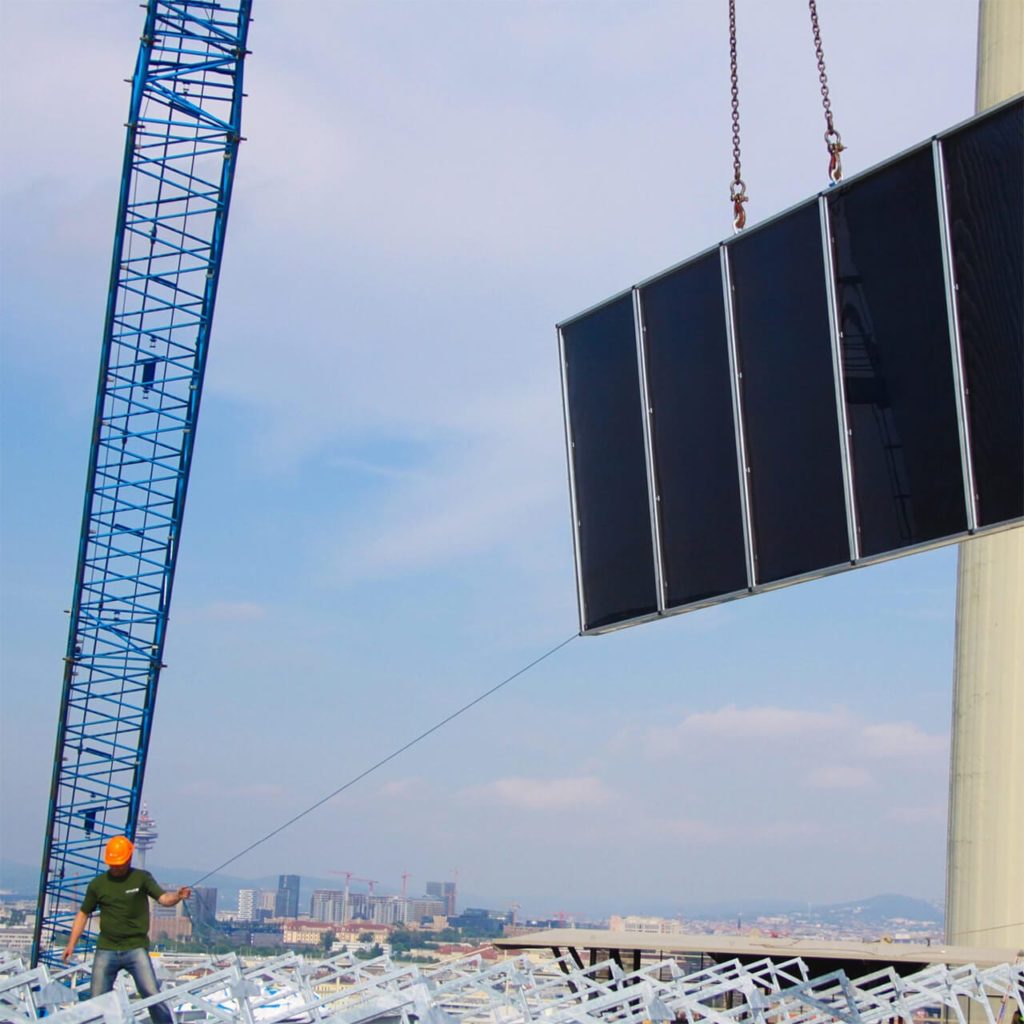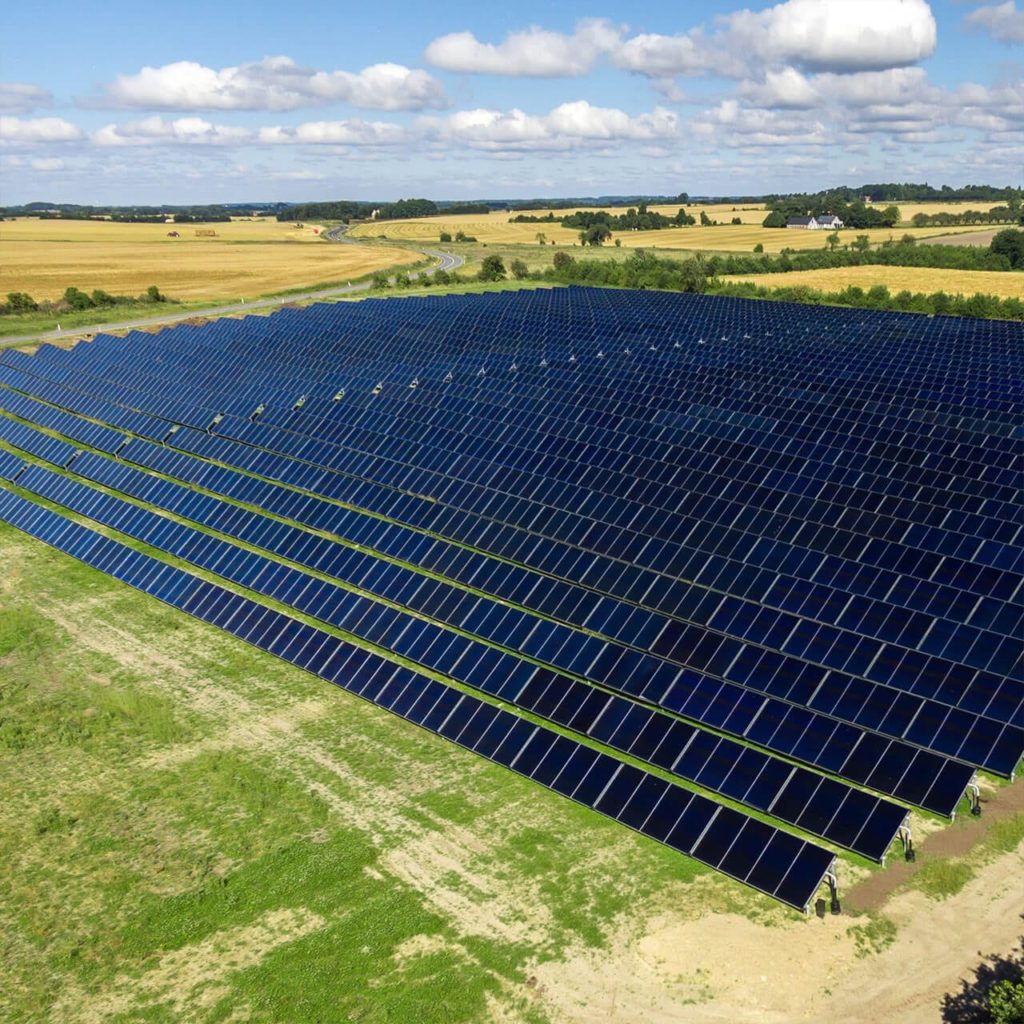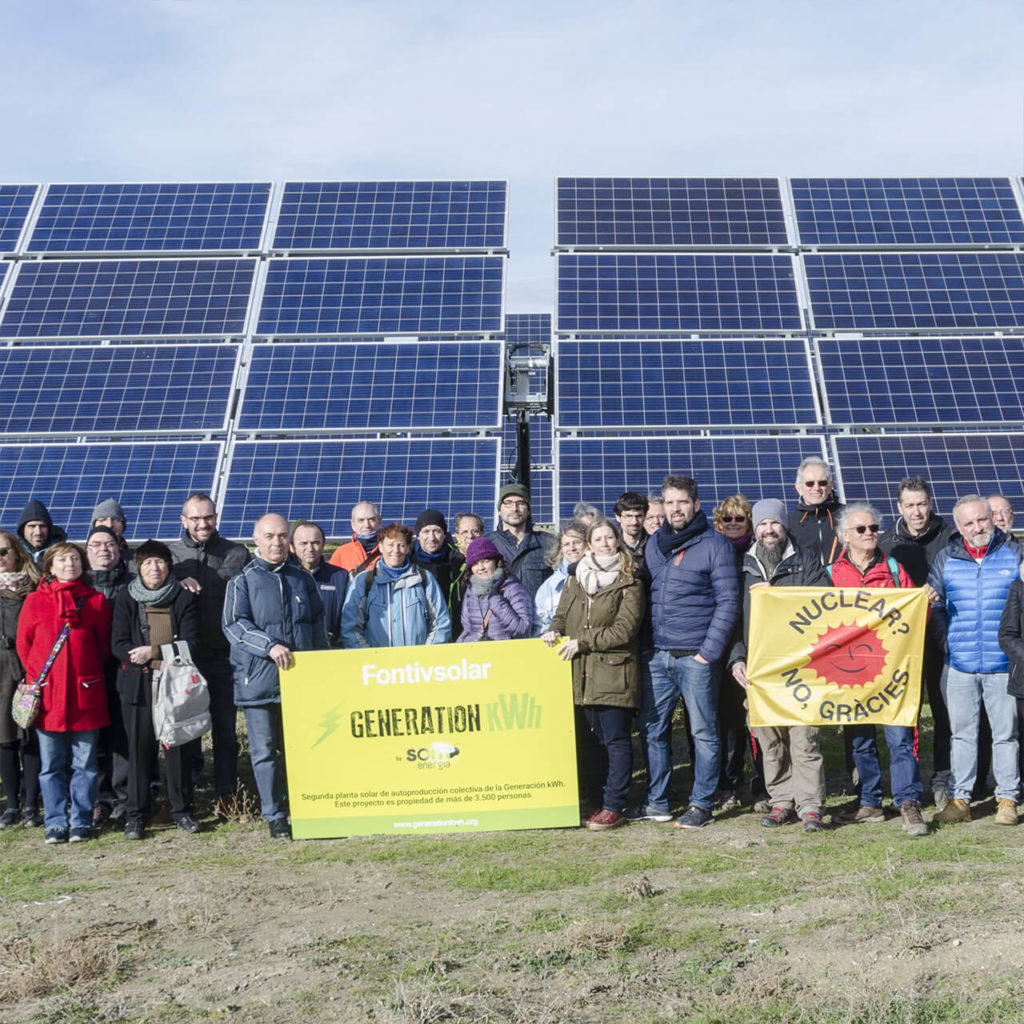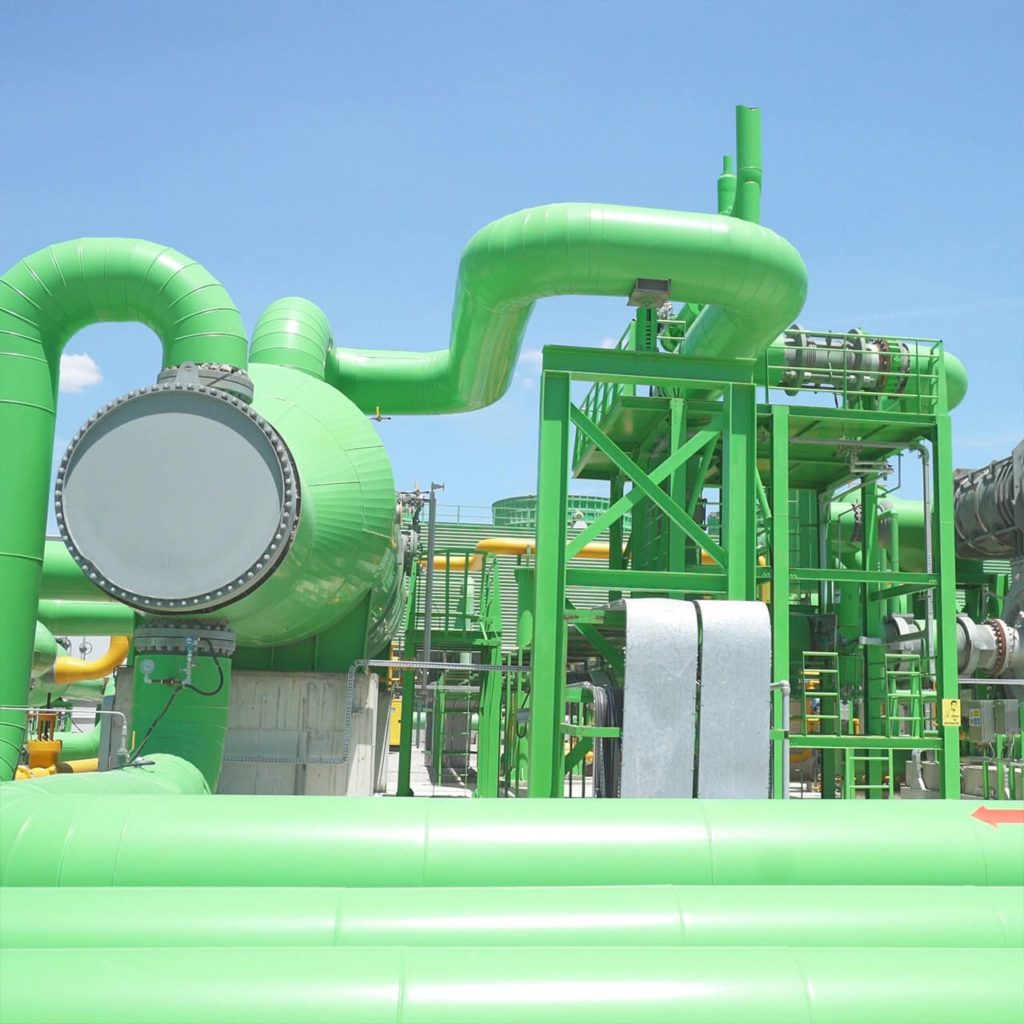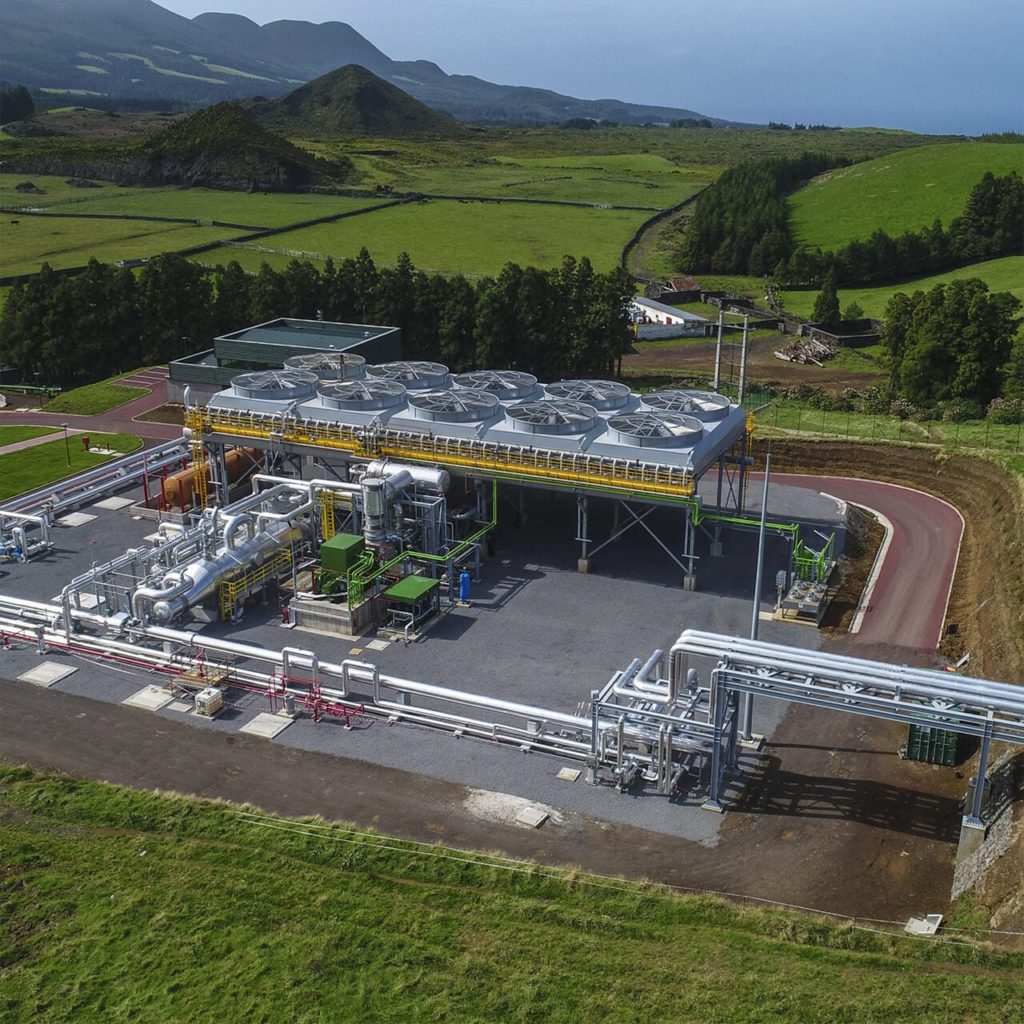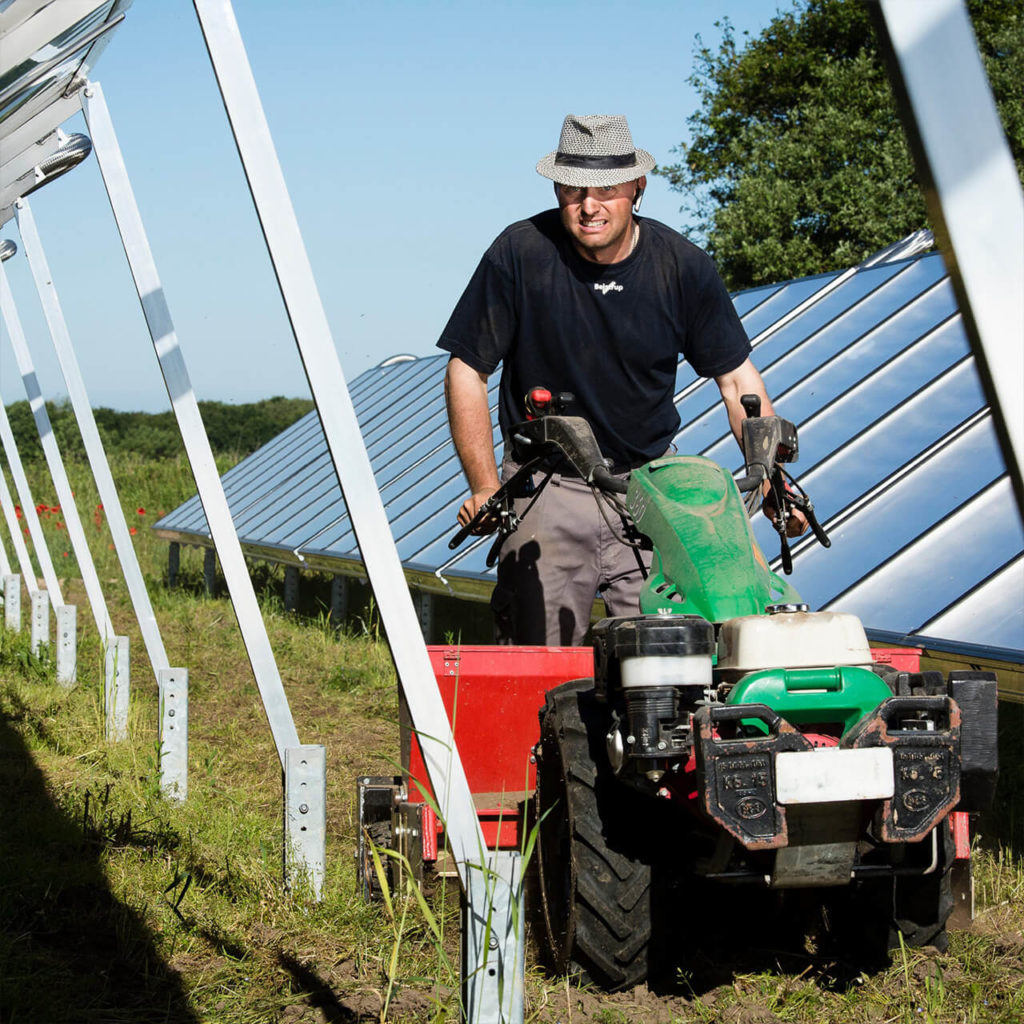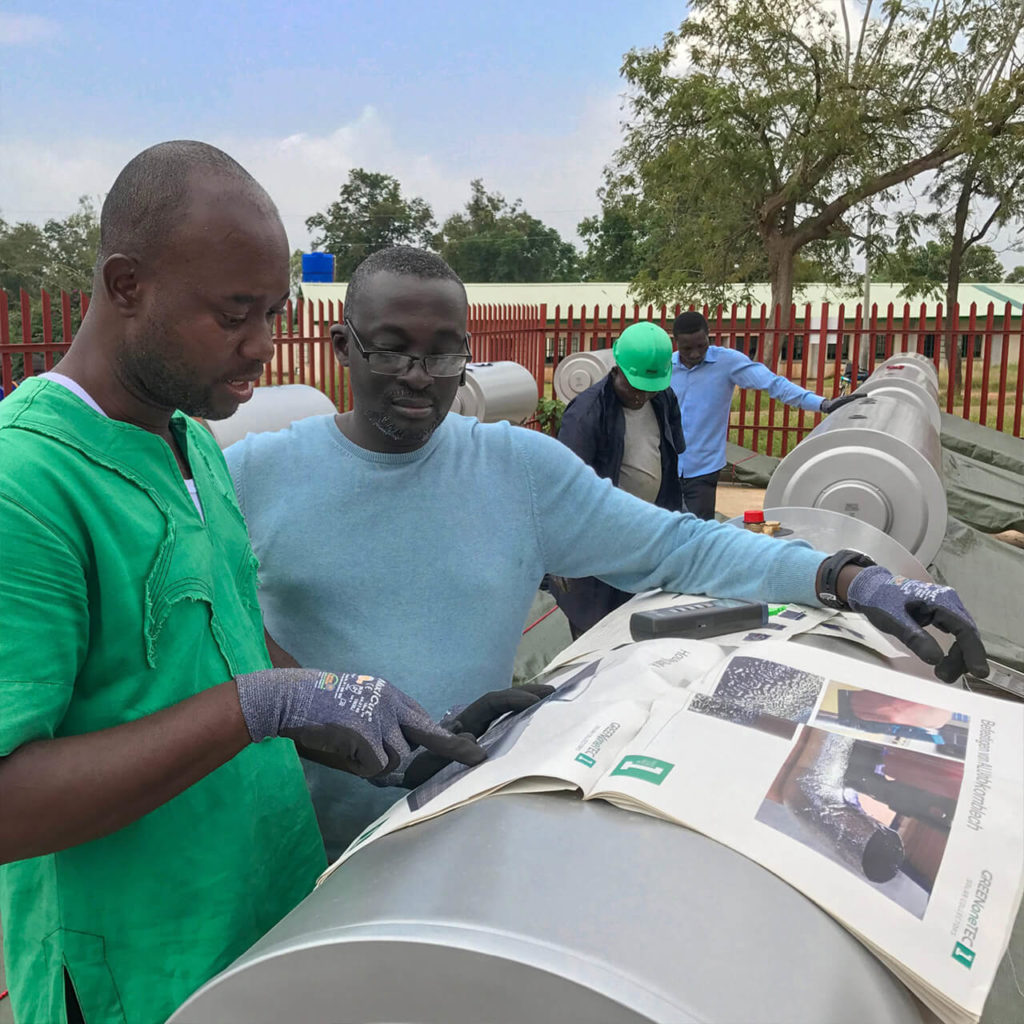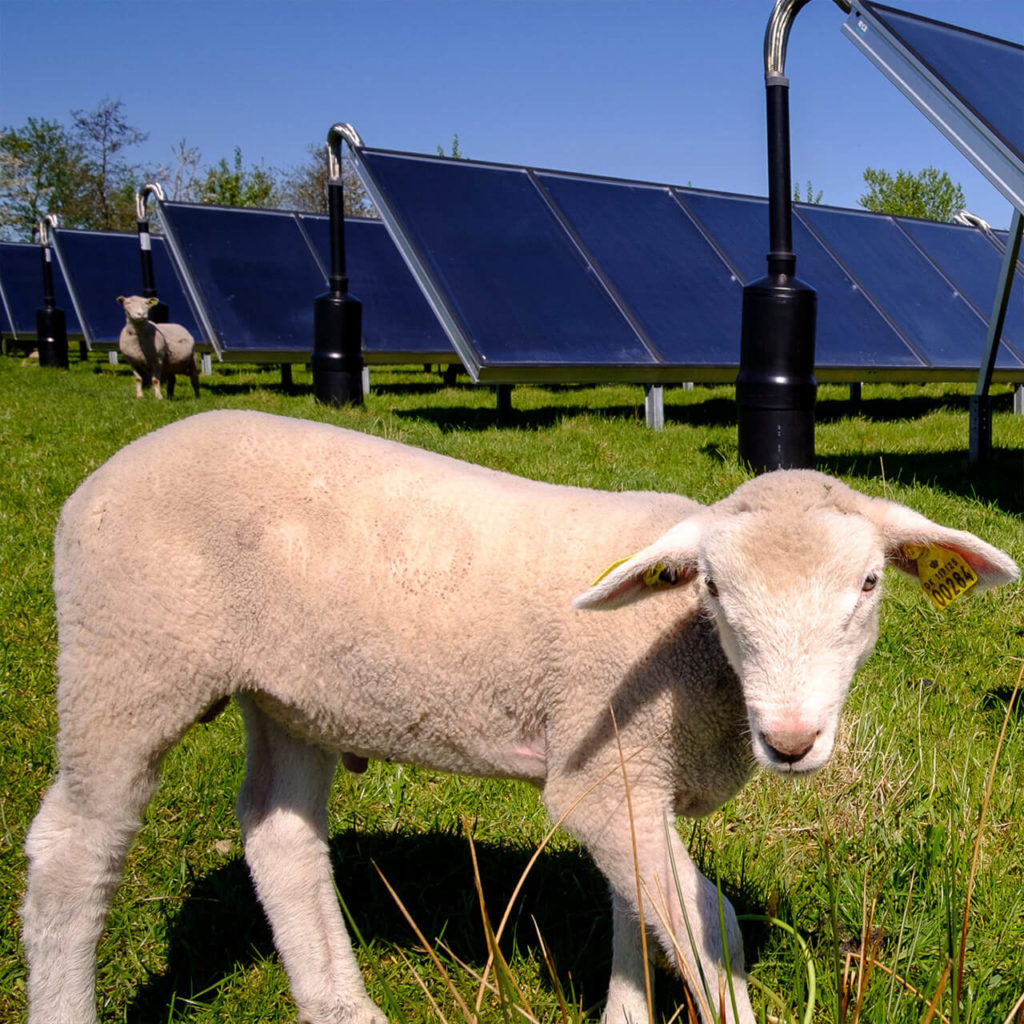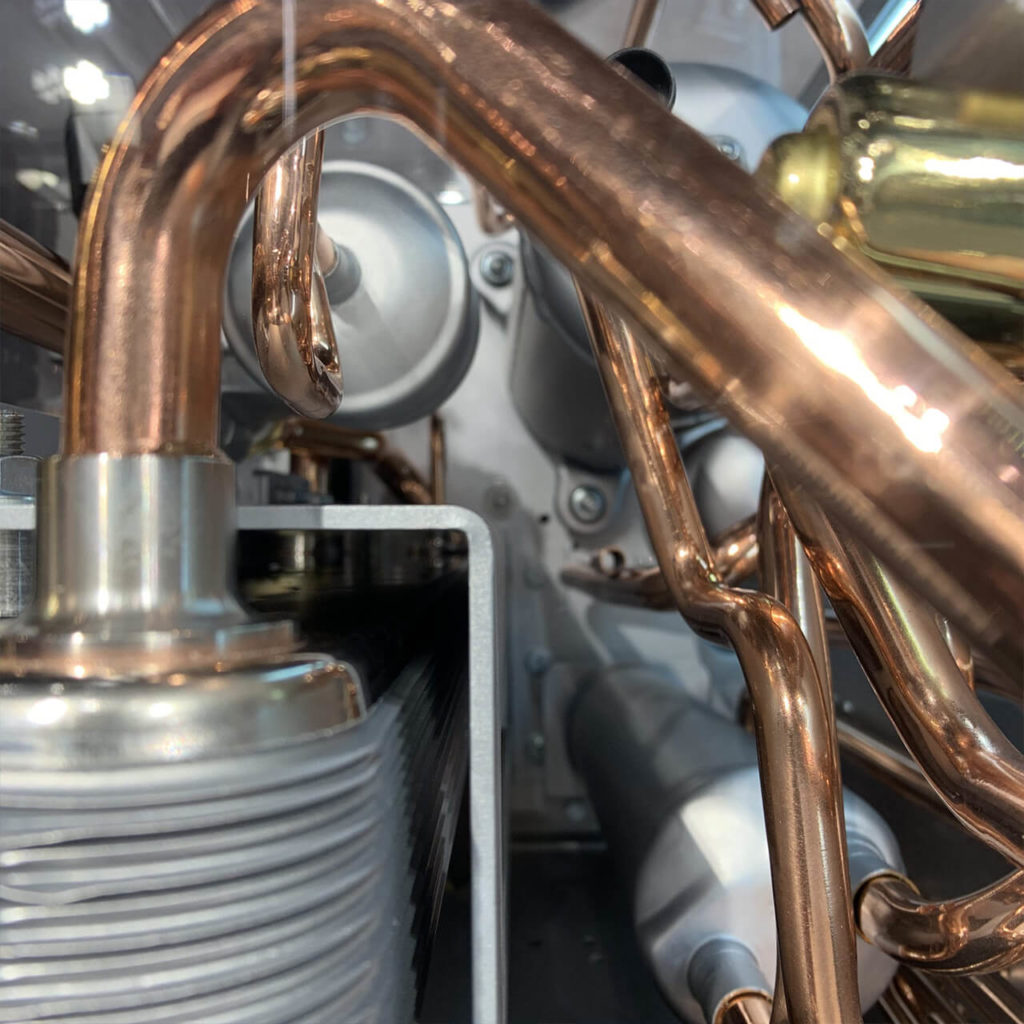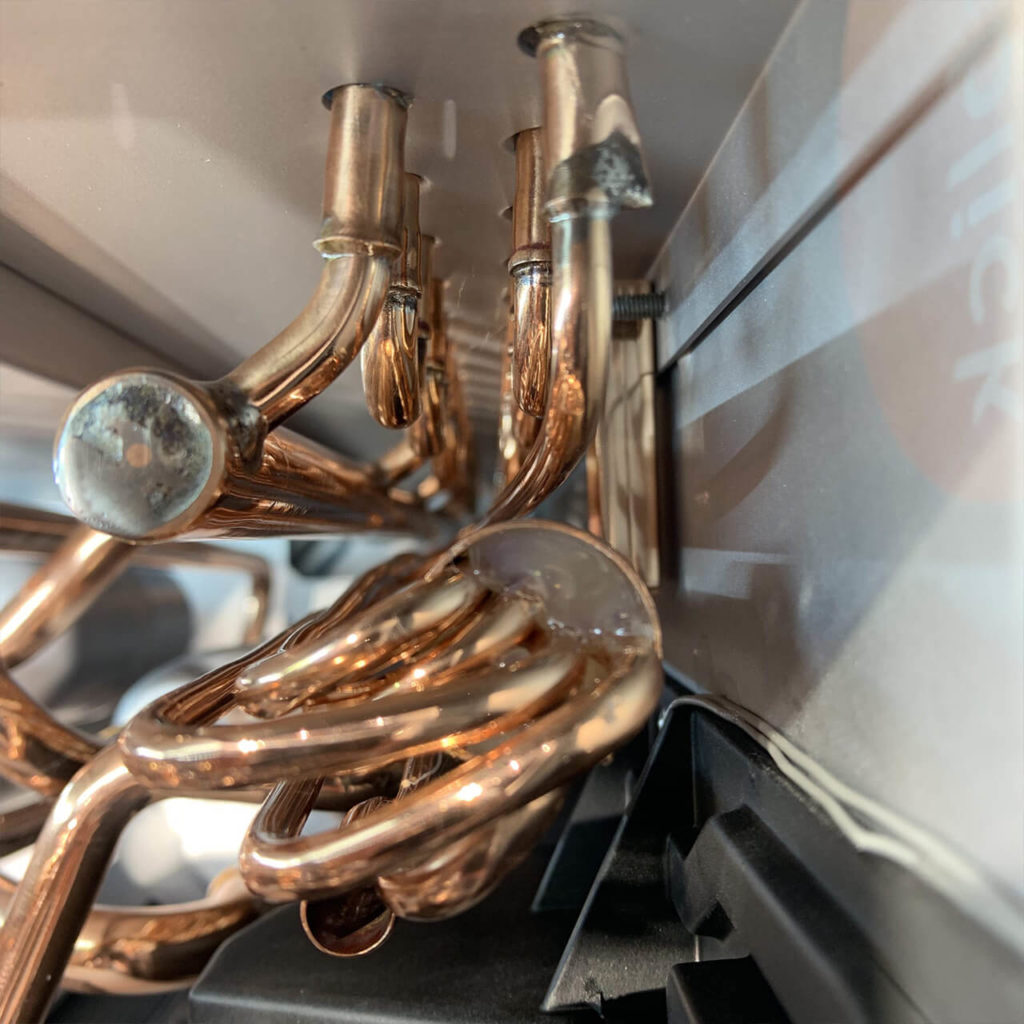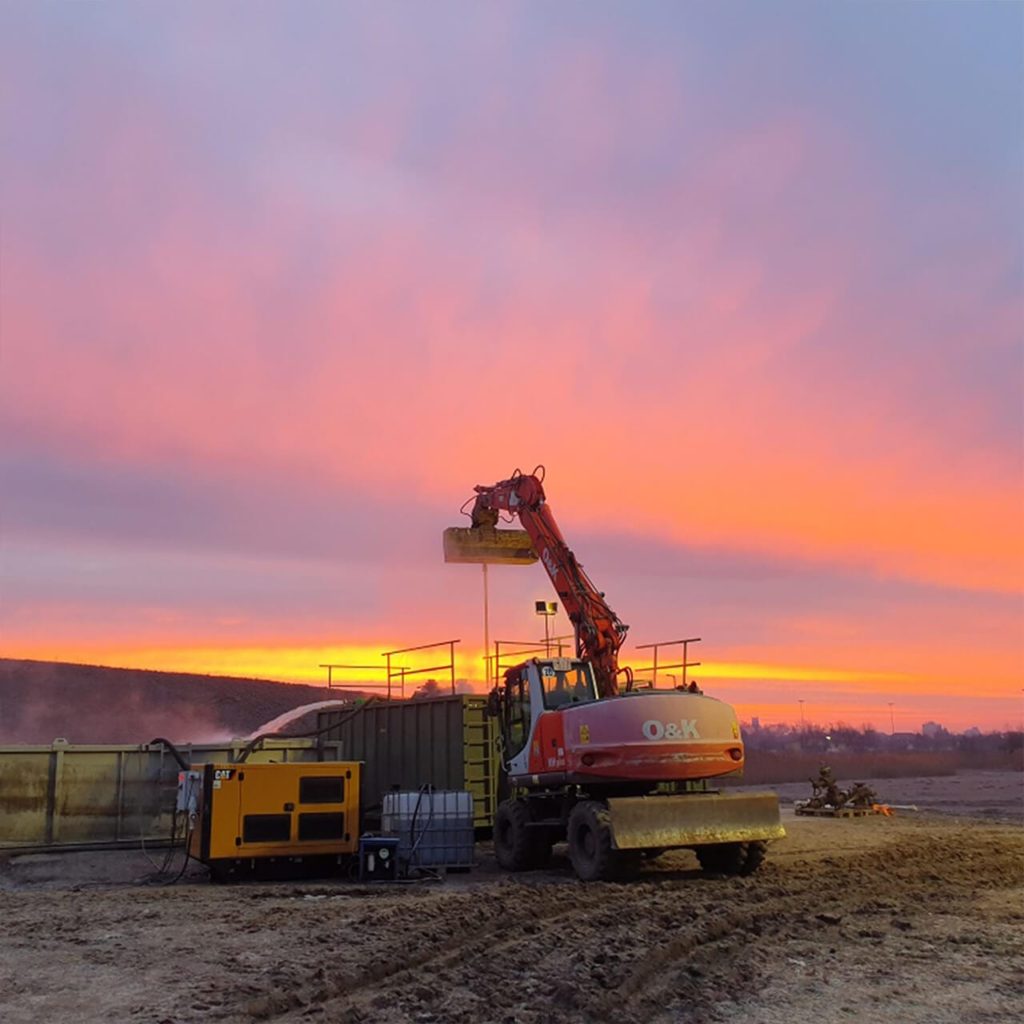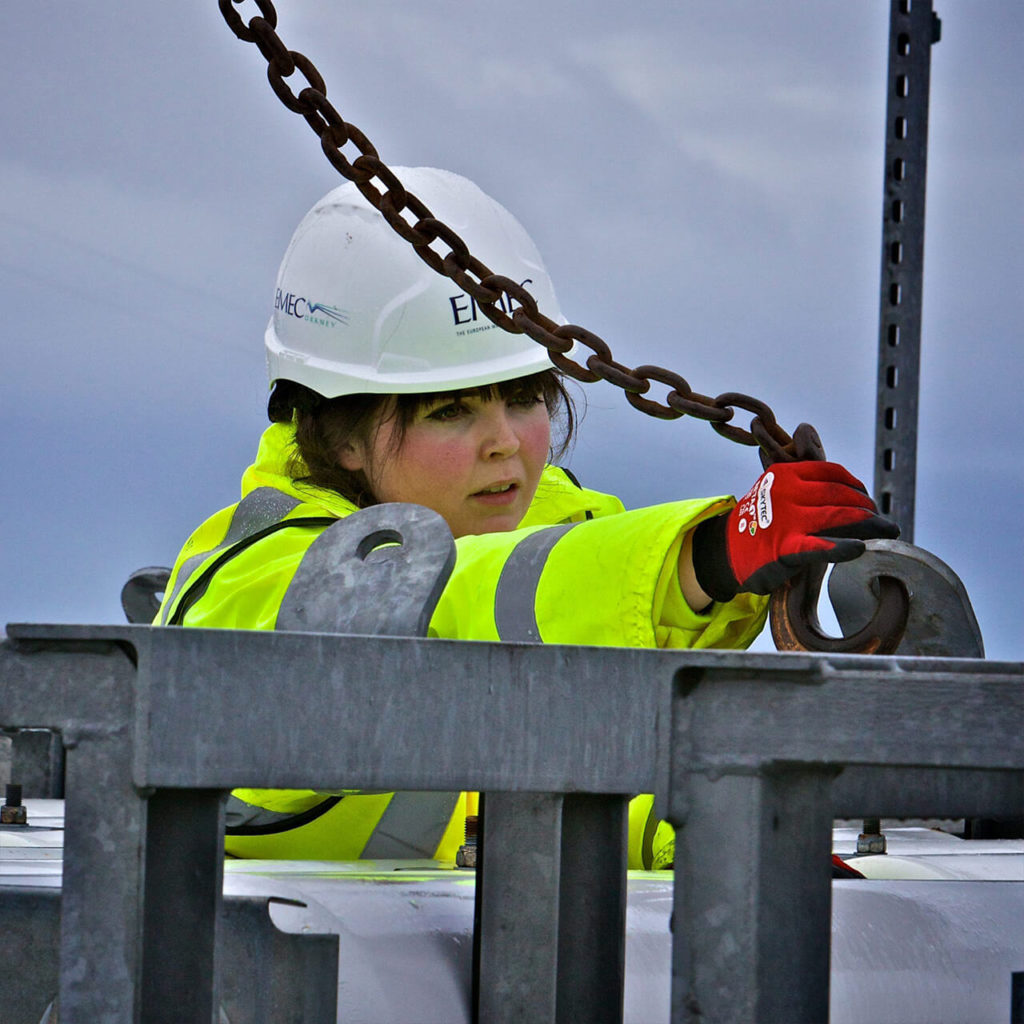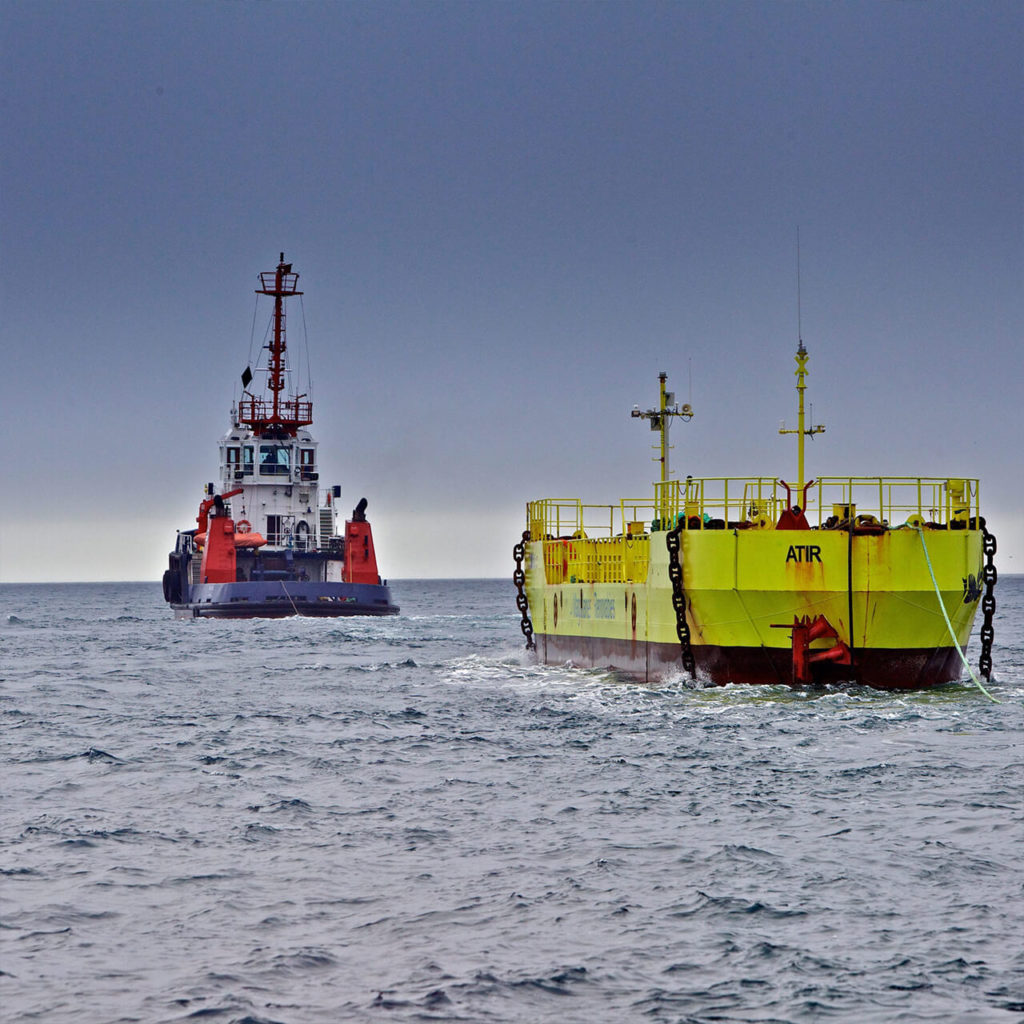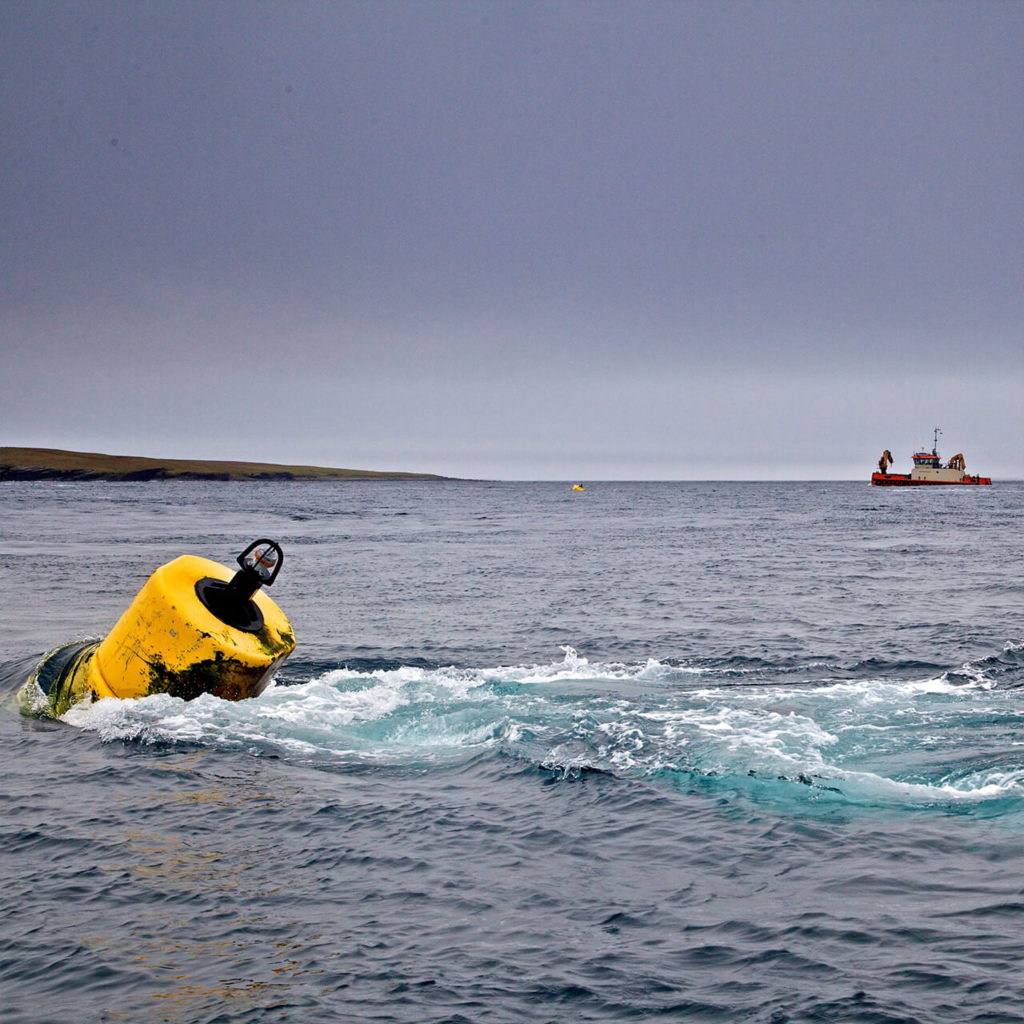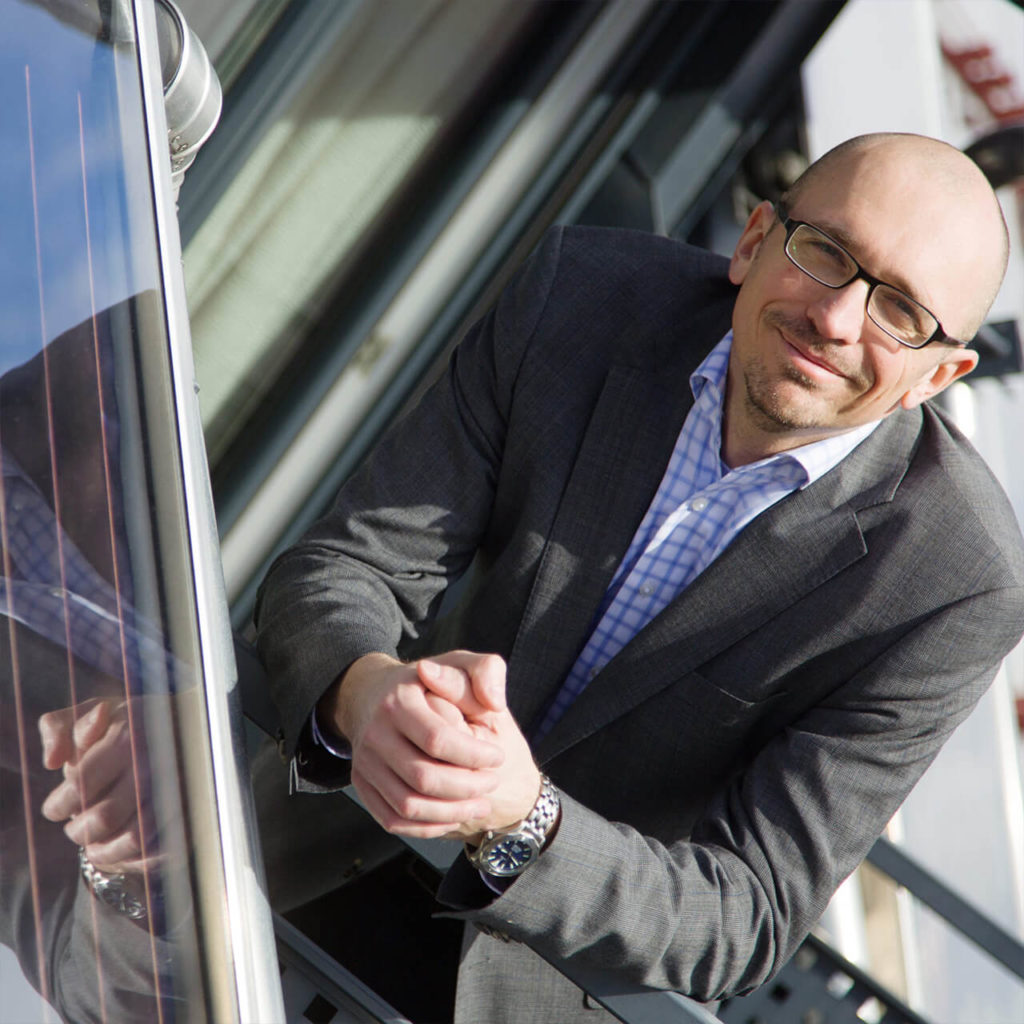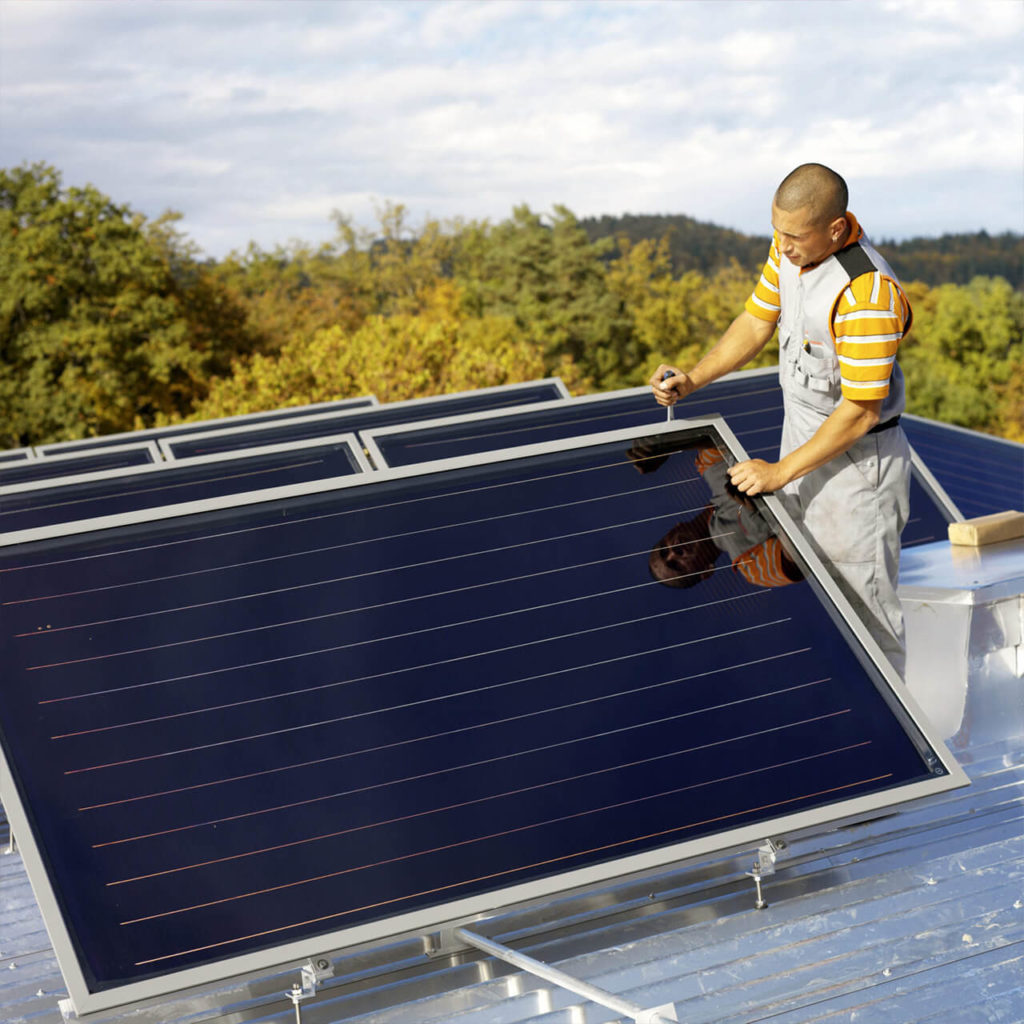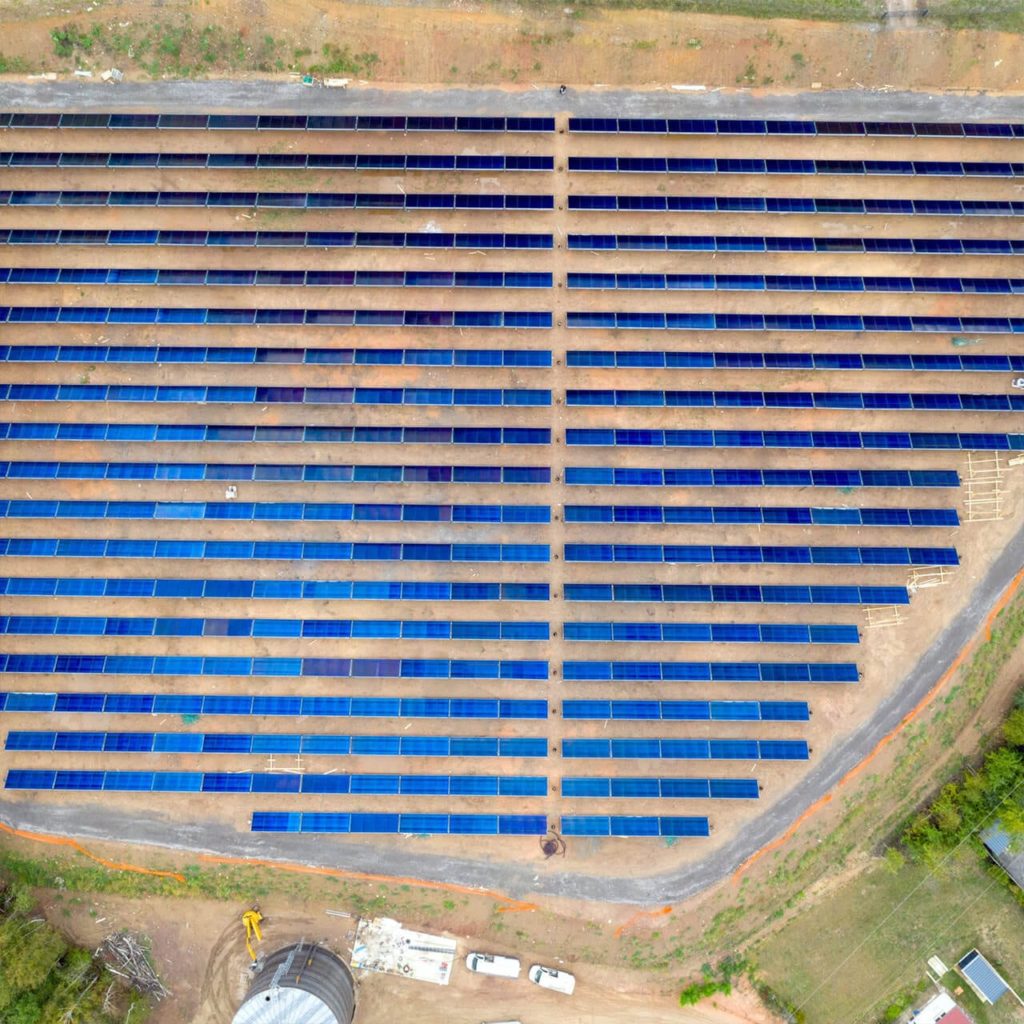For this year’s energy issue REVOLVE reached out to its partners at DecarbEurope for images that best represented the energy transition in their industries. The result is a cross-section of the work being done across a range of sectors – from geothermal energy to heat pumps – all pushing Europe towards a low-carbon economy.
DecarbEurope engages decision-makers in policy and industry with solutions that can, in a cost-effective manner, decarbonize Europe. With a growing membership representing more than 20 sectors, the initiative connects technologies, policies and markets to drive the energy transition. To learn more visit decarbeurope.org
